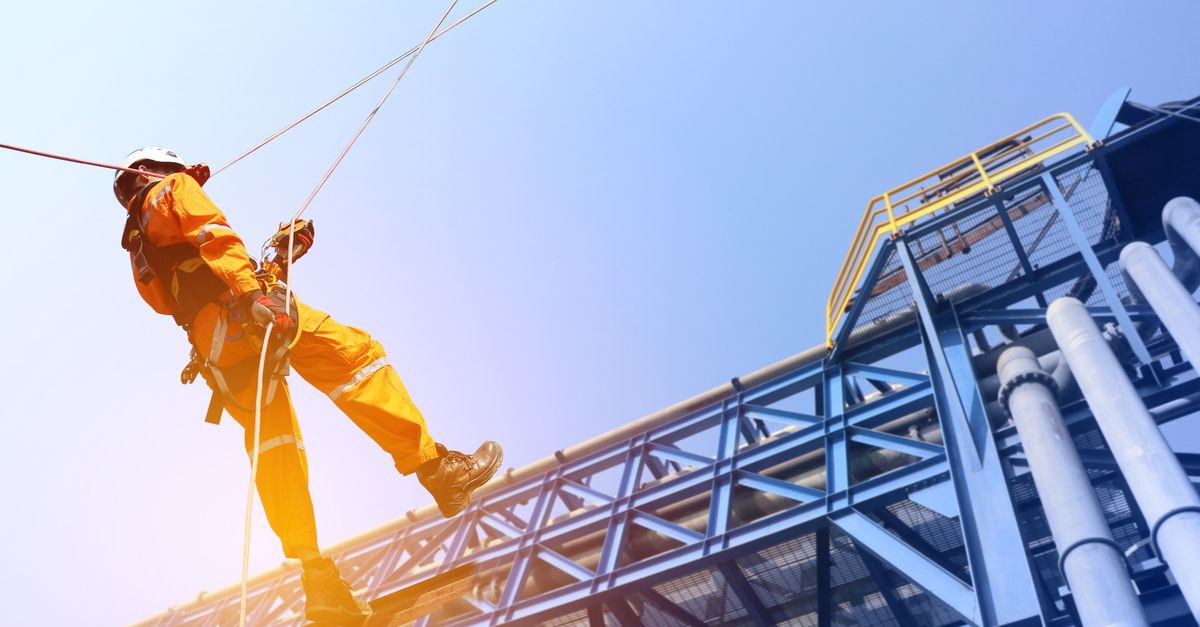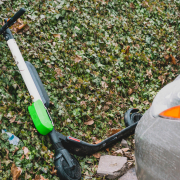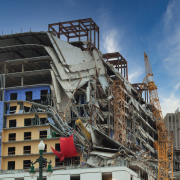Dangerous Heights: Dying On the Job

A new construction boom is in full flight here in New York City. Developers are drawn from across the United States and elsewhere, jobs are being created, money is flowing into the City’s economy; a number of people are jolly because of the physical and financial improvements to their communities. However, as the saying goes, “not all that seems well, really is well.” With this huge construction boom, comes the dreaded pain of losing loved ones due to the lack of safety standard practice and enforcement.
In 2015, New York City was scheduled to grant some 155,000 building permits with an estimated $39.0 billion budgeted to be spent on the construction industry. However, this construction development in the City brought along disingenuous conducts and practices from both City employees and businesspeople that overlooked legally regulated safety standards, thus leading to a number of injuries and deaths in the construction industry. An investigation report presented by New York City Department of Inspection (DOI) Commissioner, Mark G. Peters, in February 2015, involving 16 City employees on corruption and massive bribery, aptly detailed why safety in the City’s construction industry is a major problem: “The investigation showed an utter disregard not just for the City’s construction and housing codes, but for safety. In one case, after a worker fell 10 feet off a beam, a Buildings Construction Chief focused not on the worker’s safety, or the integrity of the building, but instead on instructing the contractor how to get an ambulance to the site without raising the suspicions of the Buildings Department or OSHA.”
The statistics are alarming when it comes to the number of construction deaths and injuries resulting from poor safety standards in the construction industry in New York City. A report from the New York City Department of Building on construction safety in the City, show that as of October 2015, there were already 324 workers’ injuries from 314 construction accidents. The sad reality about this lap in safety in the construction industry is that the majority of the families affected are immigrants, whether documented or undocumented. In August 2015, DOI Commissioner Peters, again, holding a press conference following the death of an immigrant from Ecuador, took to task the irresponsible practice of developers and contractors who appear to put greed and money ahead of people and their safety. Mr. Peters said: “This investigation is about the tragic results when contractors choose to cut corners, ignore City safety regulations, and defy the warnings of construction professionals. In fact, this investigation highlights what DOI has seen in so many of its construction investigations ̶ that the correlation between integrity and safety is direct: Ignore integrity, disregard the rules and you are on course to disastrous results…early two months prior to the fatal collapse, the defendants were alerted by a ‘special inspector,’ who was a professional engineer, about the dangerous excavation practices at the site. This ‘special inspector’ was hired by the contractor to specifically monitor the efficacy of the underpinning process, but when that ‘inspector’ saw the perilous excavation protocols, he took action, reporting it to the defendants. But they did nothing to address the problem. The morning of the incident, another ‘special inspector,’ also a professional engineer, told the defendants that the excavation being done was not proper, including allowing workers in the trench. A couple hours later, the ‘special inspector’ returned to the site and saw the workers in the trench. Immediately, the inspector alerted the project manager, defendant Alfonso Prestia, and told him to get the workers out and stop excavating in that manner. But the dangerous excavation continued. And the workers remained in the trench. At around noon, the wall of dirt on one side of the trench gave way, killing Carlos Moncayo. While Moncayo was an immigrant from Ecuador, he took the time to obtain the proper construction training for the work he was doing. In fact, a family member paid the $500 for Moncayo to attend 26 hours of training to obtain the required OSHA and scaffold cards. The irony here is too great to ignore. An immigrant to this country scrapes together $500 to make sure he complies with the laws and is trained on correct safety. A large company who can certainly afford to do things right decides to cut corners, evade the law, and gets that immigrant killed, as outlined in the charges.”
Some unions in New York City also accuse the City of poor enforcement policies and claim that most construction accidents are said to be occurring on non-union sites operated by developers who are apparently seeking to cash in on cheap labor. DC9 Political Director, Davon Lomax speaks of the number of deaths resulting from these poor safety standards: “In the Union world we pride ourselves in our safety; you go on some construction sites in New York City, 12 out of 14 deaths have been on non-union construction sites, and so it makes you think of the kind of safety that some of these contractors are giving their workers. No one goes onto a construction site expecting to die…when people are putting profits over people, these are actual folks, and when we have to go and talk to a spouse or a child that their father or their mother [is] not coming home, that makes you look at a developer and ask what kind of safety protocols are you having, … Are you providing any training for your workers?”
According to the DC9 Director of Servicing, Charles Nieves, since the boom commenced in 2013, safety seems to be a primary concern for some NYC building safety inspectors: “This construction boom that you are now seeing, for many of these construction sites, some are unionized and some are non-union. Some we feel that there is a little prejudice in the way they are being looked at, because the union sites are really checked thoroughly, the non-union sites not so much. Part of the problem …is that most of these non-union sites are really outside contractors and outside developers that have brought contractors into the City. If you go into the City right now you see more …license plates than you’ve ever seen in your life from different areas. Everybody came here for the boom…if you are not looking at these non-union sites the way you are union sites, you can tell them right off the bat, because when you walk by them you see a guy not wearing boots, not wearing a harness, not wearing eye protection or hard hat and the overall safety of the site is questioned. On a union site you’ll see everybody has everything they need and they are working safely, but, they are really under a microscope compared to these non-union sites, and we feel that the inspectors just drive past these non-union sites and don’t even bother with them.”











Leave a Reply
Want to join the discussion?Feel free to contribute!